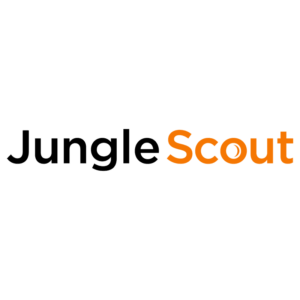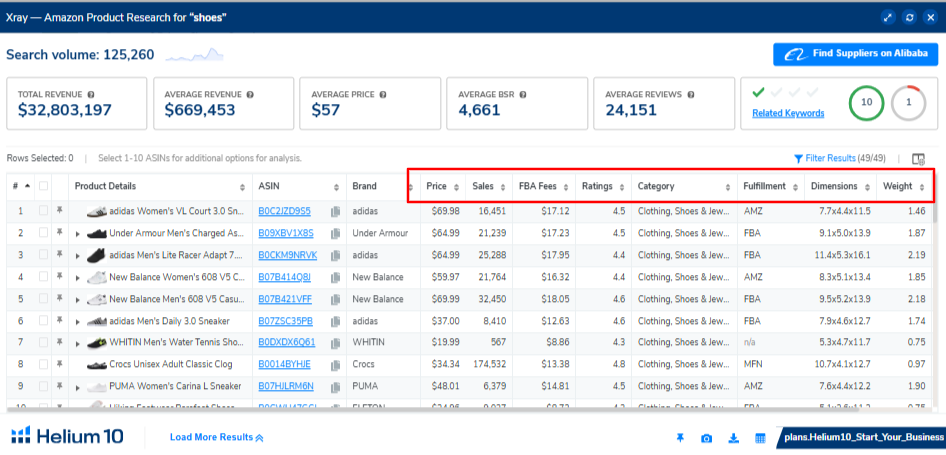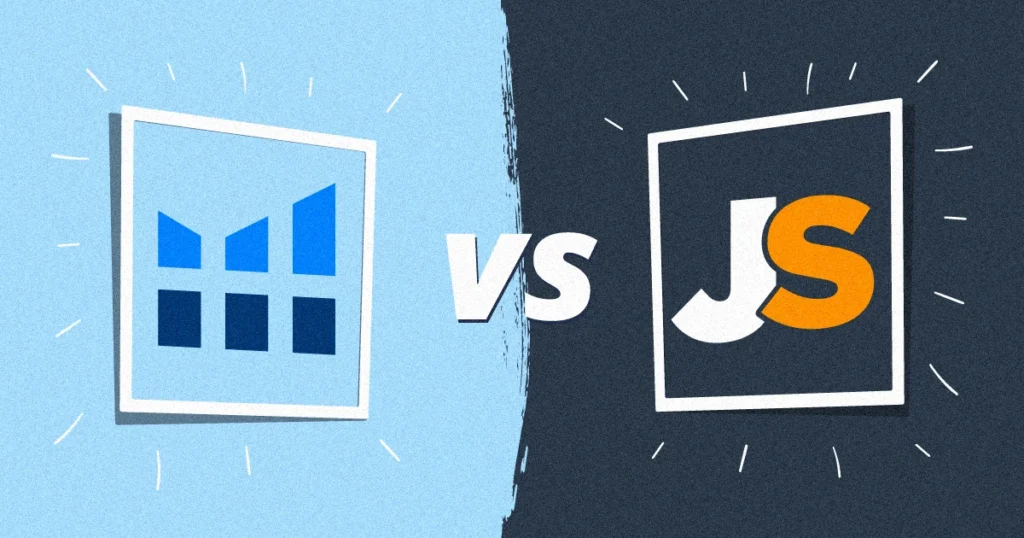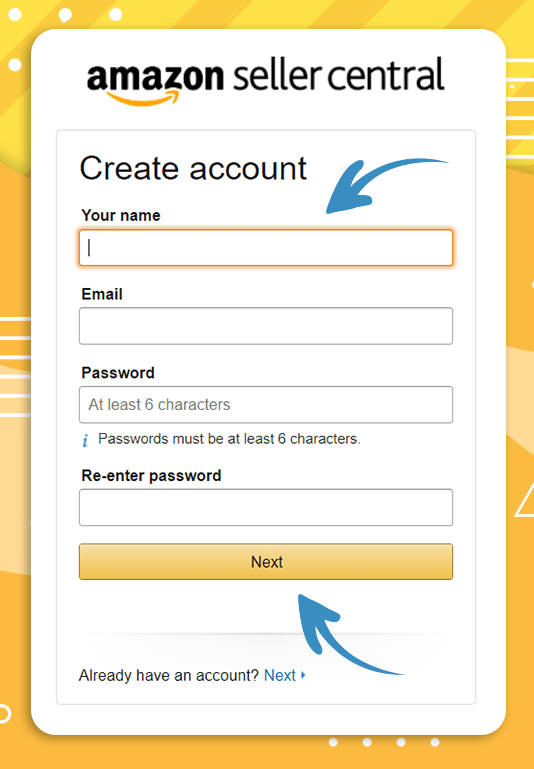How to Find a Amazon Product?

Introduction
Selecting the ideal product to sell on Amazon could mean the difference between success and failure. Selecting a high-potential product is the first and most important step, no matter whether you’re a new seller or growing your brand. This guide will outline the requirements you need to meet in 2025, which tools to use, and how to find a profitable product for Amazon.
Why Product Research Matters
Not only does a great product sell, but it also fills a need in the market, solves a problem, and has a high Amazon ranking. Slow sales, strong rivalry, and spent investment are the results of poor product selection.
Step-by-Step Guide to Finding a Product Amazon for FBA
Step 1: Set up market research first.
Explore best-selling Amazon products by using own categories. Check:
- The Best Sellers on Amazon
- Shakers and Movers
- Fresh Publications
- Sections Often Purchased Together
Step 2: Make Use of Product Research Resources
The best way to find data-backed products is to use software tools. The most popular tools include:




You can use these tools to filter products by:
Monthly sales
Competition
Reviews
Price range
Weight & size (for shipping)

Step 3: Follow to These Successful Product Criteria
Use these filters to narrow your Amazon product selection:
| Criteria | Ideal Range |
|---|---|
| Monthly Sales | 500+ units |
| Number of Reviews | Under 200 (low competition) |
| Price Range | $20–$50 (good profit margin) |
| Product Weight | Less than 3 lbs (lower shipping cost) |
| Product Size | Small to medium (to avoid oversized fees) |
| No Electrical Complexity | Fewer returns, fewer issues |
| Not a Seasonal Item | Ensures year-round income |
Step 4: Verify Competition and Demand
- Look at product reviews to find out what customers like and dislike.
- Verify brand dominance: Do major brands own every listing?
- To confirm sales volume, use the Jungle Scout Extension or Helium 10’s Xray.
Step 5: Stay clear of these errors
- Sell what customers are already purchasing instead of what you like.
- Steer clear of popular fads unless you’re prepared to make a quick change.
- Never enter a market without first researching PPC expenses and profit margins.
Tools That Help You Succeed

- Millions of Amazon products are filtered by Helium 10 Black Box based on reviews, demand, and other criteria.
- Cerebro: Assists in identifying rival keywords.
- Google Trends: Verifies the endurance of a product’s popularity.
- Keepa: Monitors past prices and sales patterns.
Bonus Advice: Seek Out Opportunities for Product Improvement
Look for a product that has a lot of demand but bad reviews, then make improvements. Strong differentiation and improved sales right away are possible outcomes of this approach.
FAQ
You must study market trends, evaluate the competition, and use resources like Helium 10 or Jungle Scout in order to identify a successful Amazon product. For sure profitability, look for products with a price range of $20 to $50, low reviews, and high demand.
No, you can begin using a generic label or as an individual. Better marketing tools and protection, however, may be available if you establish your own brand first and then sign up for the Amazon Brand Registry.
Yes, you can use free versions of research tools or manually browse Amazon Best Sellers. However, you have a better chance of finding a profitable Amazon product more quickly and with better data if you use a premium tool like Helium 10.
For a beginner, it's best to choose an Amazon product with fewer than 200 reviews. Since there is typically less competition when there are fewer reviews, it is simpler to enter the market and generate organic sales.
Steer clear of seasonal, overly trendy, oversized, or heavily branded Amazon products. Additionally, unless you have experience, avoid categories like electronics or complicated mechanical items that have a high return rate.
If you're launching a private label product, you can start with as little as $500 to $1,000. This covers the price of product sourcing, shipping, packaging, and advertising. But the more money you have, the more testing and flexibility you can afford.
Due to their year-round sales and decreased susceptibility to fading, evergreen products are typically safer. Trending products are risky if you don't launch them at the right time, but they can yield quick profits.
If your listing is optimized and there is demand for your product, sales may begin in a few days. The process can be took by launching with discounts or coupons and using paid advertisements (PPC).
Because they typically include basic, non-electronic products with lower returns and problem rates, categories like Home & Kitchen, Office Supplies, and Pet Supplies are frequently beginner-friendly.
Helium 10 is among the best resources for researching products on Amazon. With the use of filters like monthly sales, number of reviews, and keyword demand, it assists you in locating high-performing products. Another well-liked choice is Jungle Scout.


